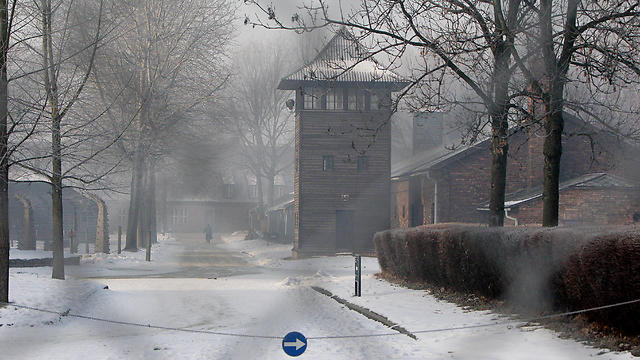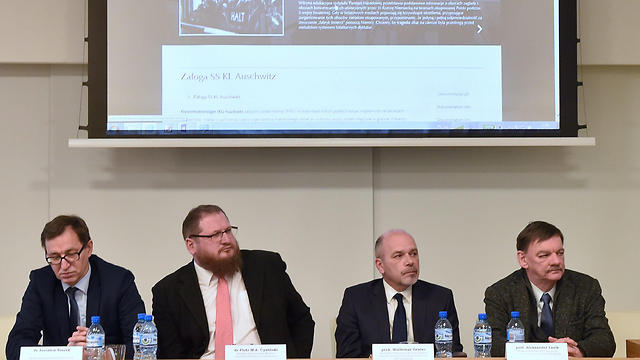
The database, which the IPN says contains 9,686 names “is just the beginning of a wide-ranging project” that will cover the staff of other death and concentration camps that Nazi Germany set up in occupied Poland, Institute of National Remembrance chairman Jaroslaw Szarek told reporters in Krakow.
Around 25,000 names have already been gathered so far.
Szarek said the project is in part intended to curb the use by foreign media of the erroneous phrase “Polish death camps” to refer to sites built and run by Nazi Germany in occupied Poland.
Warsaw has long called out media for identifying the camps as “Polish” due to confusion caused by their geographical location.
But according to Szarek, “it is sometimes the case that this is done in bad faith due to anti-Polish policy.”
The new database, available in five languages “is a tool to fight lies”, Szarek said.
“We’re not expressing an opinion; we’re presenting the cold, hard facts.”
The ruins of gas chambers, crematoria and barracks at the site bear witness to the killing of around 1.1 million people, mostly Jews, at the camp built in 1940 in the southern city of Oswiecim in occupied Poland.
An estimated 232,000 of Auschwitz’s victims were children.
The new database comes days after the museum at the former Auschwitz-Birkenau camp urged Germans and Austrians to hand over any material that could shed light on the “motivations and mentality” of its wartime staff.
Museum director Piotr Cywinski said that the institution was seeking more information about the death camp’s staff as part of efforts to “better understand the influence of populist mechanisms of hatred for human beings.”
The new database also presents 350 verdicts against camp staff in war crimes trials after the war, but the documents still need to be translated.
The list of names was compiled in large part by Professor Aleksander Lasik, who began his work in 1982 by identifying the Nazi SS staff that ran Auschwitz.
Cywinski said the Nazis destroyed many files as they fled the camp toward the end of the war. “We have more documents about the camp’s prisoners than about its staff,” he said.


















